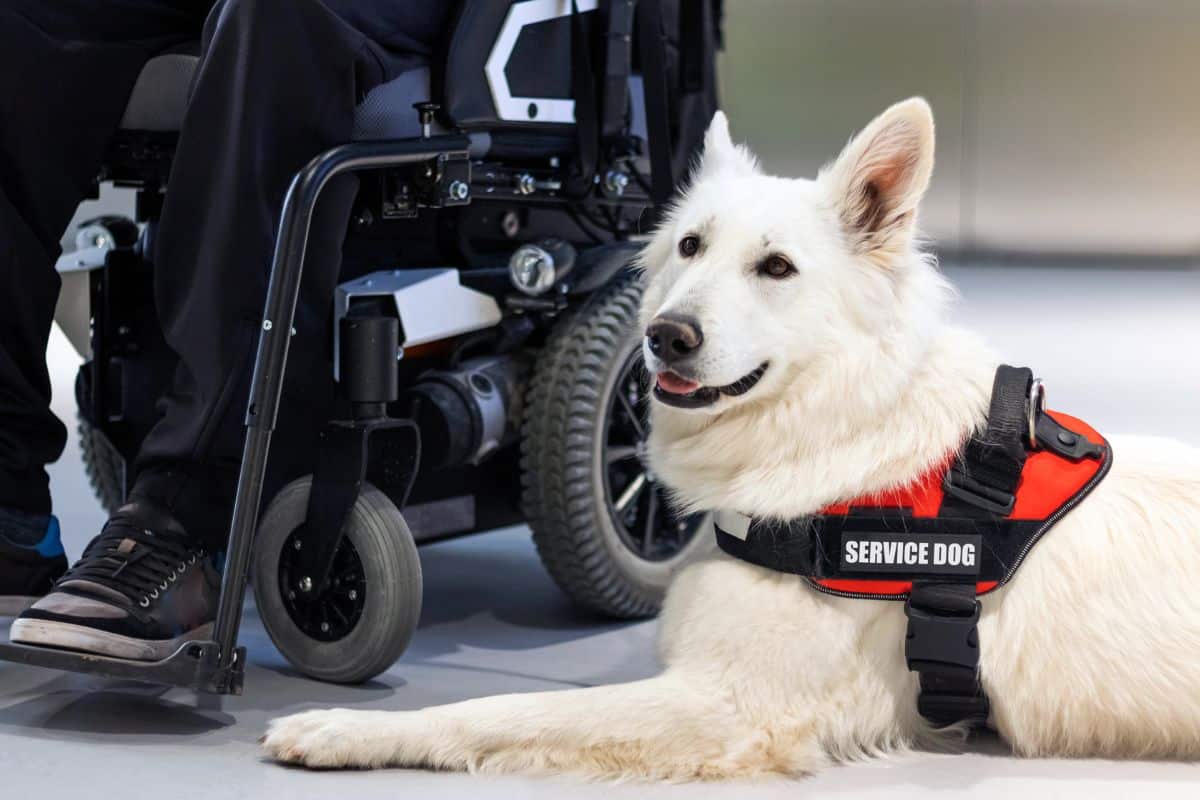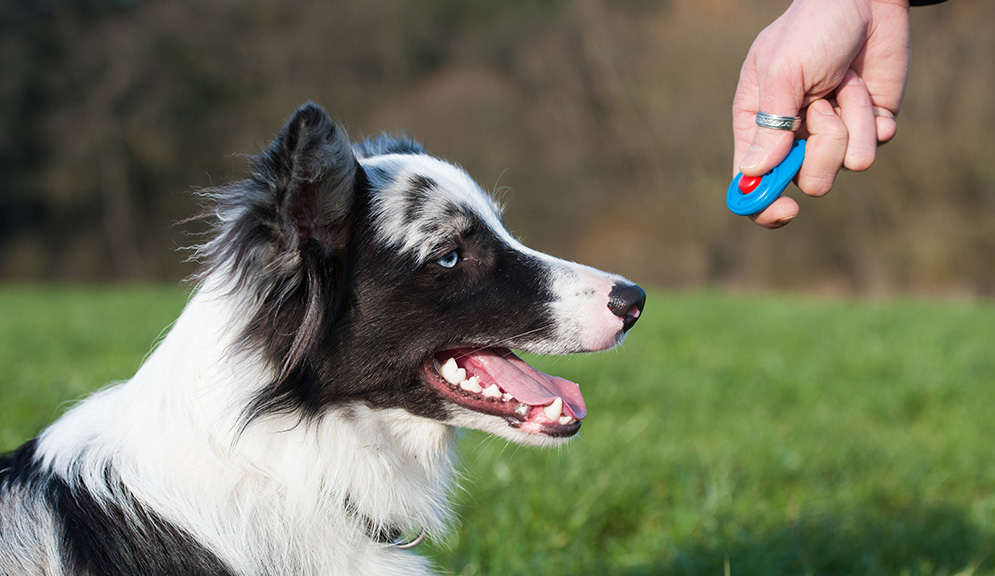The Role of Socialization in Dog Training for Better Behavior
The Role of Socialization in Dog Training for Better Behavior
Blog Article
Top Canine Educating Strategies Every Owner Must Know

Favorable Reinforcement Techniques
Using favorable support techniques is important for effective dog training, as it fosters a relying on bond in between the pet dog and the fitness instructor. This technique concentrates on gratifying preferable behaviors instead than penalizing unwanted ones, producing an environment conducive to finding out. Benefits can include treats, appreciation, or playtime, which inspire canines to repeat the habits that earn them these benefits.

Moreover, this method improves the pet dog's excitement for training sessions. They are more involved and responsive when dogs link training with favorable experiences. Dog training. Past immediate habits alteration, favorable support encourages a collaborative relationship in between the dog and trainer, lowering anxiousness and worry
To optimize efficiency, it is essential to supply rewards without delay, guaranteeing the canine connects the actions with the reinforcement. In essence, positive reinforcement techniques not only yield better-trained dogs yet also promote an unified collaboration in between pet dog and proprietor.
Remote Control Training Approach
The remote control training approach is a very efficient strategy that builds upon the concepts of favorable reinforcement by adding an unique noise to mark preferred actions. This method uses a tiny handheld tool that produces a clicking sound, enabling fitness instructors to interact with their dogs in a instant and clear fashion. When a dog performs a behavior that the proprietor wants to urge, the clicker is turned on, followed by a reward, generally in the kind of deals with or praise.
The secret to effective remote control training lies in uniformity and timing. It is critical to click at the precise minute the preferred actions takes place, guaranteeing that the pet dog associates the sound with the activity and the subsequent benefit. This technique not just improves communication but also promotes a stronger bond in between the owner and the dog, as it motivates interaction and communication during training sessions.
Clicker training can be related to a variety of commands and habits, from fundamental obedience to a lot more complicated tricks. Its adaptability and efficiency make it a favored method among expert fitness instructors and family pet proprietors alike, leading the method for a receptive and trained canine buddy.
Leash Training Basics
Effective leash training is vital for ensuring a delightful and risk-free walking experience for both canines and their owners. Dog training. Leash training should start early and be approached with persistence and uniformity. Begin by selecting a suitable leash and collar or harness. A flat collar might work for some dogs, while others might take advantage of a harness that minimizes pulling.
Present your canine to the leash slowly, enabling them to explore it in a comfy atmosphere. This entails satisfying your canine for walking close to you instead than drawing in advance.
If your pet starts to draw, quit walking promptly. In addition, method various strolling atmospheres to help your pet dog adjust to disturbances.
Routine practice will certainly solidify your pet dog's understanding of leash rules. Bear in mind that chain training is a recurring procedure; patience and uniformity will generate the most effective outcomes, fostering a positive experience for both you and your canine buddy.
Socializing Approaches
Socializing is an important aspect of pet dog training that should preferably begin throughout puppyhood however can be helpful at any kind of age. Reliable socializing assists pets establish confidence and minimizes the likelihood of behavior concerns. To carry out successful socialization techniques, subject your canine to a selection of environments, individuals, and various other animals.
Start with controlled settings, such additional reading as young puppy courses or organized playgroups, where young pet dogs can interact securely. Gradually introduce your canine to new experiences, consisting of various noises, surface areas, and activities. Make certain these encounters are satisfying and positive to develop a complacency.
For adult dogs or those lacking direct exposure, begin with low-stress circumstances. Short, positive interactions with calm pets and friendly human beings can develop positive associations. Make use of deals with and praise to strengthen preferable behaviors during these experiences.

Consistency and Patience
Acknowledging the value of consistency and perseverance in pet training is crucial for accomplishing long lasting outcomes. Inconsistent training can lead to complication, making it hard for the pet to understand commands or behaviors, inevitably impeding development.
Furthermore, patience is a crucial part of effective training. Dogs, like people, discover at their very own pace. Some might understand concepts rapidly, while others might take much longer. It is anchor vital for proprietors to remain helpful and tranquil, enhancing favorable behavior without considering disappointment or penalty. This cultivates a relying on relationship in between the pet dog and proprietor, urging an extra eager and passionate learner.
To grow consistency and perseverance, develop a routine training routine, utilize the very same commands, and make certain that all member of the family apply the very same training principles - Dog training. By doing so, you develop a secure environment for discovering, allowing your pet dog to flourish and develop into a well-behaved companion
Verdict
In conclusion, efficient pet dog training techniques, such as positive reinforcement, remote control training, and proper chain training, are important for fostering a healthy and balanced owner-dog relationship. Additionally, applying socialization approaches and maintaining uniformity and perseverance throughout the training procedure adds dramatically to a dog's total well-being. By incorporating these approaches, pet owners can promote the advancement of well-adjusted, obedient animals, inevitably enhancing the lifestyle for both the owner and the pet.
Amongst the most prominent approaches are positive reinforcement, remote control training, and leash training, each offering unique advantages that contribute to a mannerly dog. As we explore these essential methods, it comes to be evident that understanding their nuances can significantly impact the training experience and the pet dog's total actions.Using favorable reinforcement methods is see it here vital for reliable pet training, as it cultivates a trusting bond between the dog and the trainer.In conclusion, reliable pet training methods, such as favorable reinforcement, clicker training, and proper leash training, are essential for fostering a healthy and balanced owner-dog partnership. By integrating these techniques, pet proprietors can help with the advancement of well-adjusted, loyal animals, inevitably improving the top quality of life for both the proprietor and the dog.
Report this page